
The Mars Reconnaissance Orbiter (MRO) sent back nearly 300 new photos of the Red Planet which were released September 1st.
Over 16 years since it launched on an Atlas-V rocket, JPL’s Mars Reconnaissance Orbiter is still sending back gorgeous high-resolution photos of the Red Planet. The orbiter (MRO) has three main camera systems: CTX, MARCI, and most notably HiRISE. The HiRISE imaging system, short for “High-Resolution Imaging Science Experiment,” is managed by the University of Arizona and is the most powerful camera ever sent to another planet. HiRISE is capable of taking both high-resolution black and white images, as well as smaller but still detailed color images.
The MRO has been instrumental in mapping out Mars’ topography, as well as helping plan rover missions. Additionally, the images captured by MRO have been instrumental in analyzing past geological processes on Mars and the feasibility of ancient life. On the first of September, the University of Arizona released 295 new MRO images, the first large image dump since August third.
Craters seen from MRO
Mars is home to hundreds of thousands of craters, both big and small. This is largely due to the planet’s thin atmosphere, which allows many more direct impacts than the Earth, which has a comparably thick atmosphere. While only ~180 impact craters have been identified on earth, over 43,000 craters with a diameter over 5km have been identified on Mars, with an estimated 635,000 smaller craters as well.
Sand Dunes
Another staple of the Martian landscape is the countless sand dunes that blanket the surface. Using images taken by the MRO, scientists discovered that Martian sand movements are still active to this day in many areas on Mars, so some sand formations are subject to change over time. While the scientists found many ancient and stable dunes, areas like the Syrtis Major Planum – which is a large dark area on Mars – are still home to dynamic sand movement.
Enjoy reading Space Explored?
Help others find us by following on Apple News and Google News. Be sure to check us out on YouTube, Twitter, Facebook, and Instagram, join our Discord!
FTC: We use income earning auto affiliate links. More.
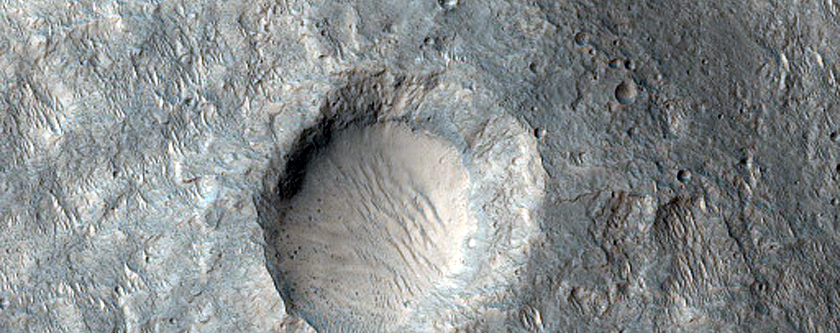
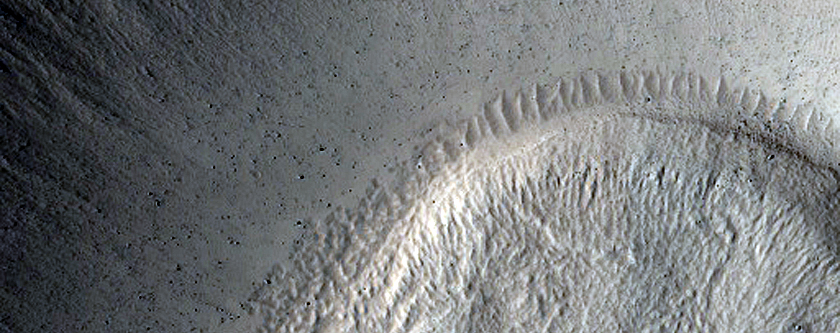
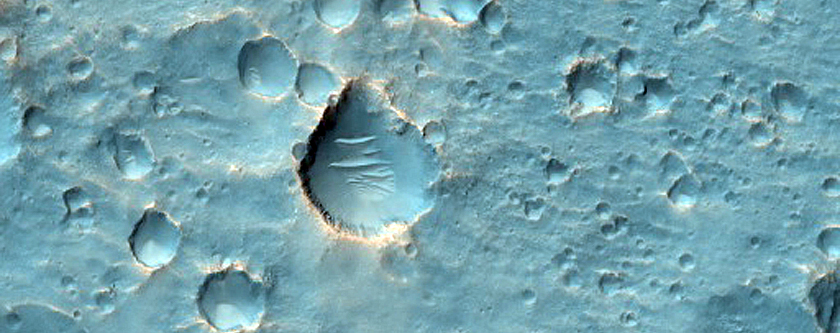
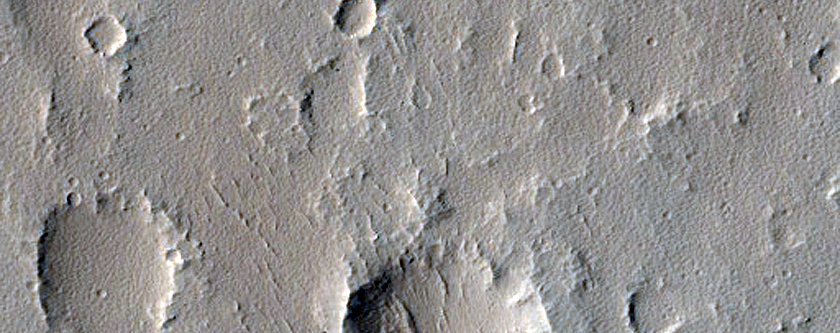
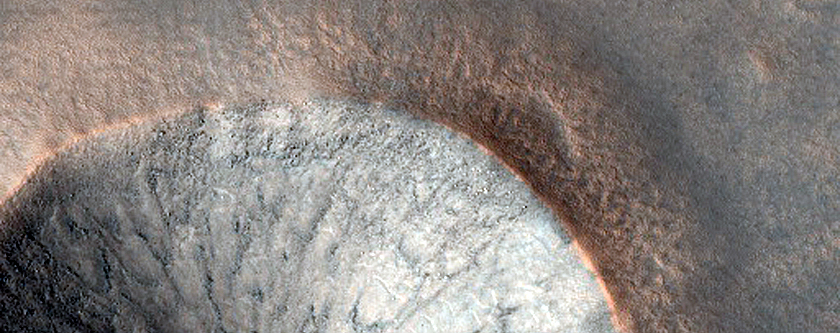
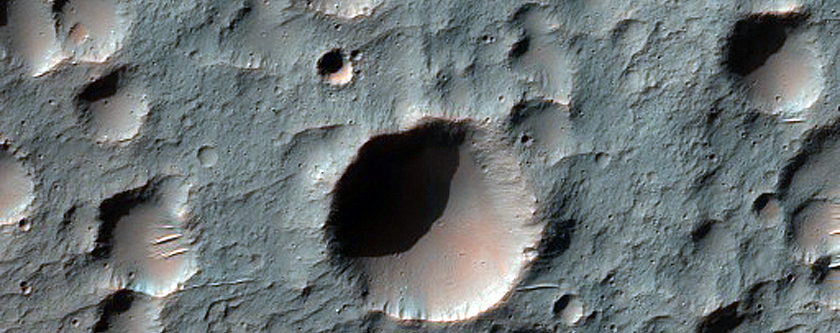
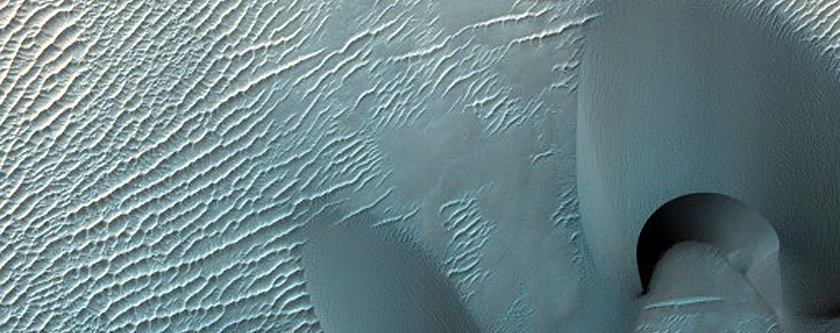
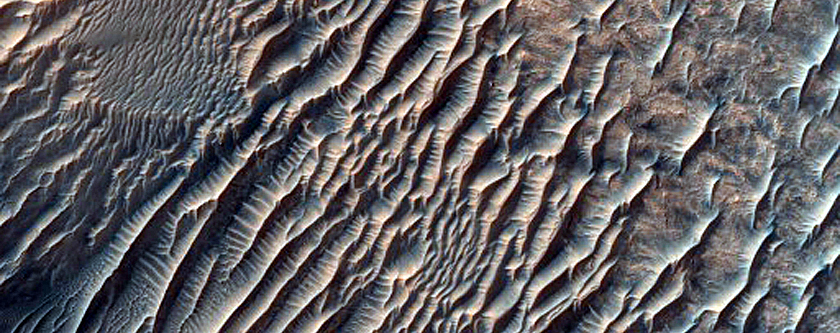
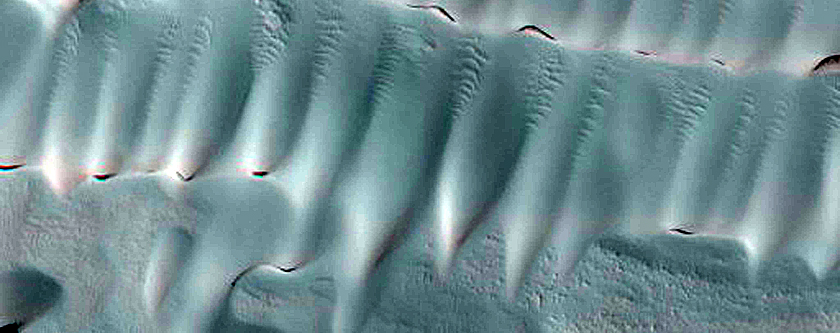
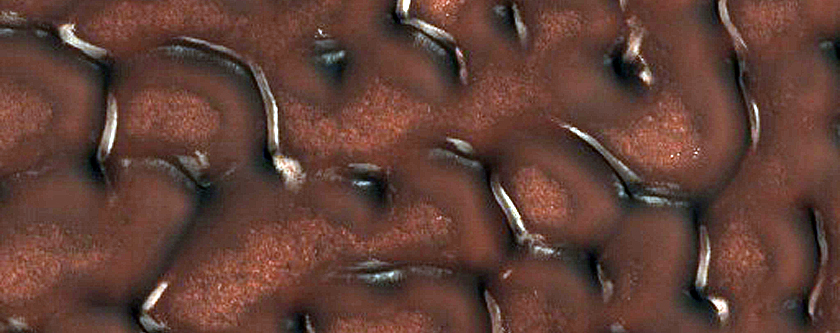
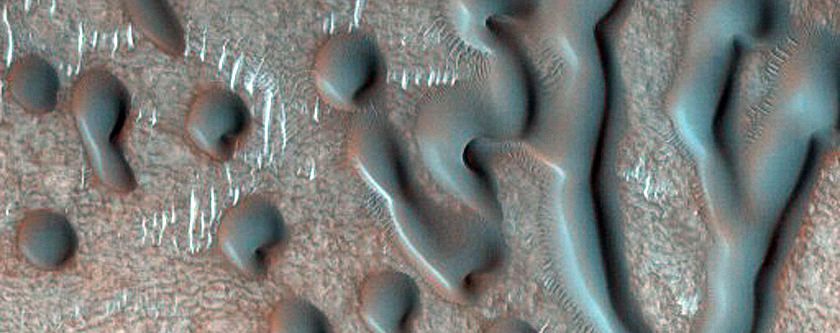
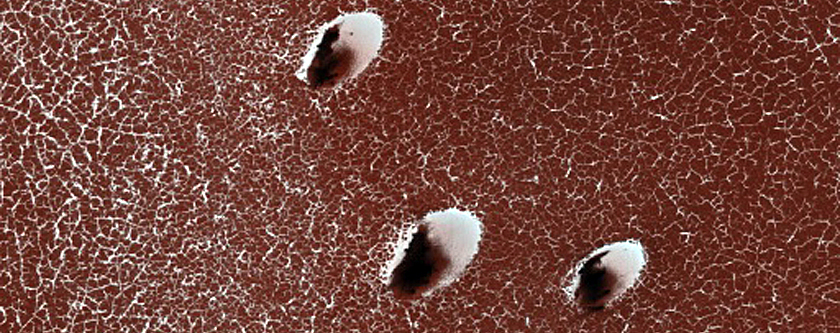


Comments